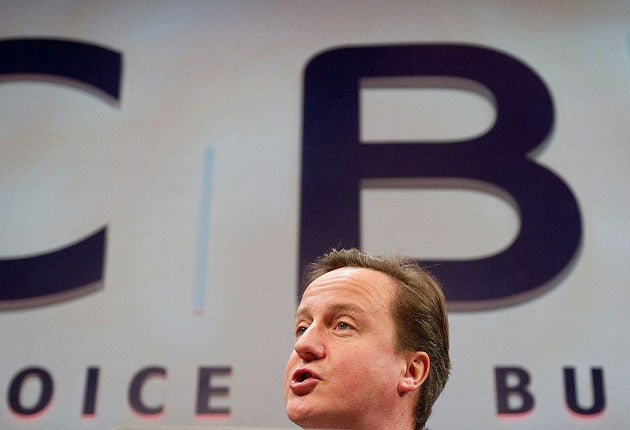£6bn funding gap threatens NHS services

The NHS will face a funding gap of around £6bn a year by 2015, a leading health think tank warns today, which could lead to delays in treatment for many patients.
The Kings Fund, an independent research body, warns that because the rate of health service inflation is normally higher than inflation in the shops or in the economy as whole, the Government’s much-vaunted promise to “protect” NHS spending is only correct if economy-wide inflation measures are used.
If the traditionally faster-rising cost of drugs, medical technology and NHS wages is taken into account, the NHS instead faces a real terms cut in its resources.
More important still, pressure on NHS resources will also be piled on as the “baby boomers” enter old age and their medical needs intensify.
Rather than George Osborne’s claim that the NHS will get a real-terms rise of 0.1 per cent a year, the NHS will in effect face a reduction of more than 1 per cent a year if it is to maintain existing levels of treatment and cover, given changes in the population, says the Kings Fund. That is far removed from what the Health Secretary, Andrew Lansley, described in his speech to the Conservative Conference as “an historic commitment to increase NHS resources in real terms each year”.
John Appleby, Chief Economist at the Kings Fund said; “Waiting times will go up, and NHS management may end up telling ministers ‘we simply cannot do the job, given our resources’.
“The funding gap in the NHS could rise to as much £6bn a year over the next five years, just in terms of what the service needs to keep up with existing demands and to maintain existing standards.” It will represent a 5 to 6 per cent reduction in funding.
While the salary freeze for general practitioners, consultants and others over £21,000 will help restrain pay pressure in the next two years, a “catch up” from 2013 may well force NHS trusts to make painful choices about increasing waiting times, freezing recruitment or making clinical staff redundant. By then GPs will have had their remuneration frozen for four years, and consultants for three.
Mr Appleby said: “The next two years will be relatively manageable for the NHS, because of pay restraint. But when that comes off then the pressures will be back on budgets.”
The NHS faces severe cost burdens of over £1bn that are being imposed on it purely because of government policy; an increase of £200m to £300m in its VAT bill when the rate rises to 20 per cent in January, and perhaps £800m to £900m in redundancy payments over two years, according to the Fund. Some hospitals will face a particularly tight situation where the Department of Health has frozen the prices they can charge primary care trusts.
Although some independent NHS trusts are now running large surpluses – which cannot be transferred to other parts of the NHS where there are financial problems – the wider squeeze on resources threatens a return to the epidemic of deficits across hard-pressed trusts seen during Patricia Hewitt’s time as Heath Secretary five years ago. Increases in productivity have also proved difficult to extract from the NHS. ONS data suggests that there has been virtually no improvement in recent years.
One possible outcome will be longer waiting times for treatments, Mr Appleby added. “Longer waiting times are one of the ways that hospitals and trusts can deal with the shortage of funding to meet needs. This has been made easier to do for management by the Government’s decision to relax or abandon many of the targets set by the previous government. These would include the maximum wait to see a GP, the A&E waiting time and 18-week in-patient treatment limit. Managers may also opt to defer maintenance and repairs to help make their money go further – not mending a leaky roof, for example.”
Clinical rationing will make patients and professionals working in the NHS feel as though they are being cut even when, on the Government’s definition, they are enjoying “real terms” rises.
In that sense it promises a return to the health service economics of the 1980s and 1990s, when strikes were often threatened as staff numbers were cut, and nurses’ and auxiliary staff pay was kept low and fell further and further behind other workers. As in the past, wards and beds may also be mothballed, and few new facilities built. The Treasury say that the NHS capital programme will be slashed by 17 per cent by 2015.
Individual trusts are already having to make economies. For example, Queen Anne’s Sidcup A&E unit is to close, there will be ward closures at Southend University Foundation Trust, bed losses at Gloucestershire Hospitals Trust, 325 jobs lost in the University of Leicester NHS Trust and 400 in Portsmouth.
Join our commenting forum
Join thought-provoking conversations, follow other Independent readers and see their replies
Comments
Bookmark popover
Removed from bookmarks